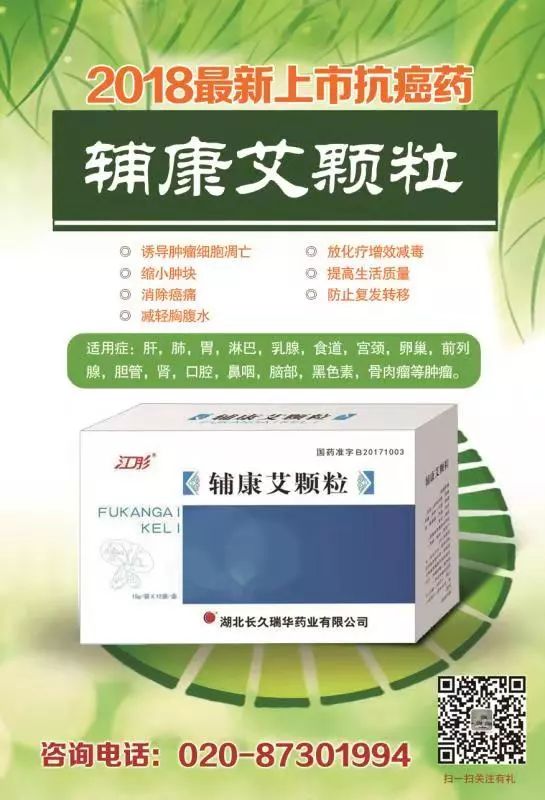Dan Shen (Salvia miltiorrhiza) Source
This product is the dried root and rhizome of the plant Dan Shen Salvia miltiorrhiza Bge. from the Lamiaceae family.
Related Names
Red Root, Purple Dan Shen, Wine Dan Shen, Chi Shen, Chi Gen, Da Hong Pao, Mu Yang Ru, Ben Ma Cao, Xie Chan Cao.
Images
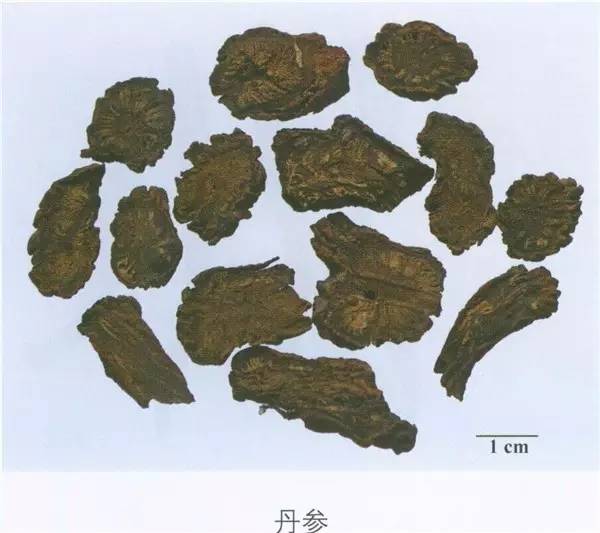
Source Textbook
Due to the unclear characteristics of Dan Shen in the textbook images, Lizhan provides the following three images:
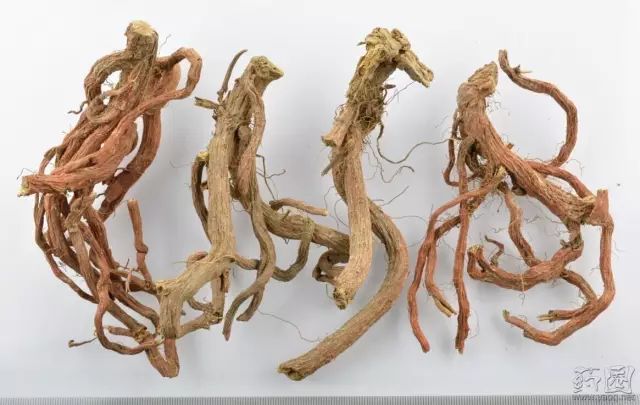
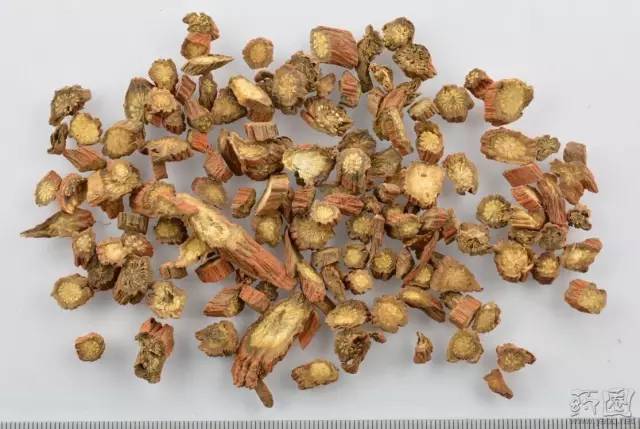
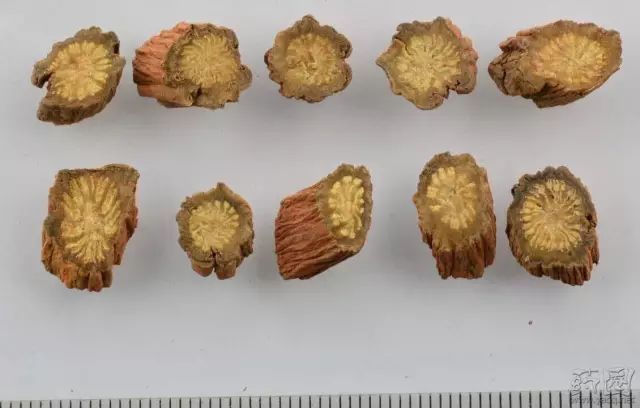
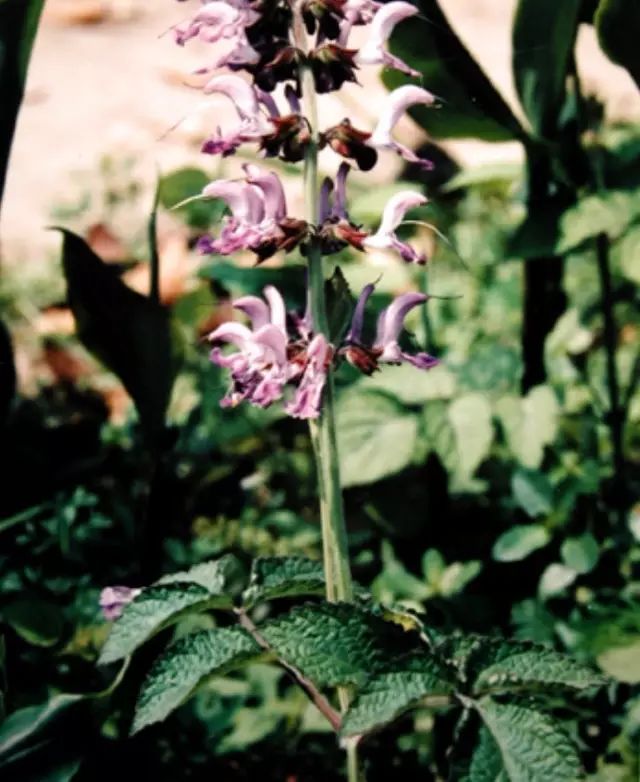
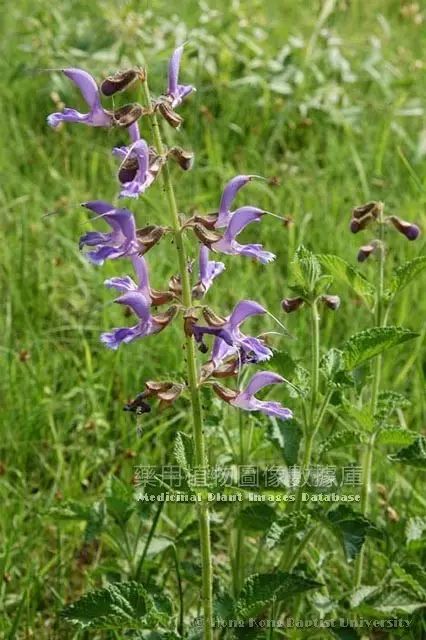
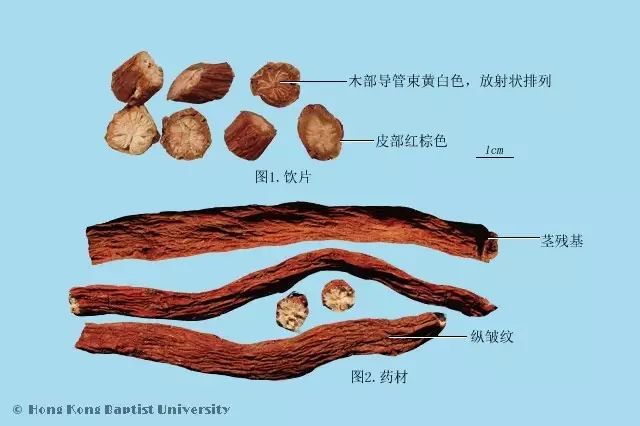
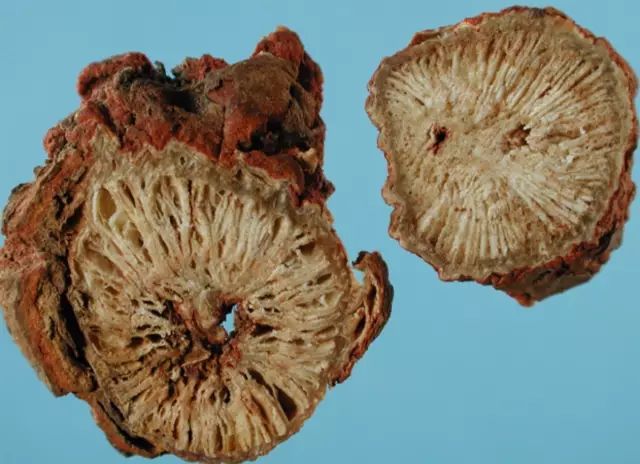
Origin
Mainly produced in Sichuan, Anhui, Jiangsu, Shaanxi, Henan, and Shandong provinces. The cultivated variety from Sichuan has the highest yield and is commonly referred to as “Chuan Dan Shen”.
Harvesting and Processing
Harvested in spring and autumn, cleaned of soil, and dried.
Identification of Characteristics
The root and rhizome are short and thick, sometimes with remnants of the stem base at the top. The roots are cylindrical, slightly curved, with some branching and fibrous roots, measuring 10-20 cm in length and 0.3-1 cm in diameter. The surface is reddish-brown or dark reddish-brown, rough, with longitudinal wrinkles. The outer skin of older roots is loose, often showing a purple-brown color, and tends to flake off in scales. The texture is hard and brittle, with a loose fracture surface that may have cracks or be slightly smooth and dense; the bark is reddish-brown, while the wood is gray-yellow or purple-brown, with yellow-white vascular bundles arranged radially. The aroma is faint, and the taste is slightly bitter and astringent.
The cultivated variety is sturdier, with a diameter of 0.5-1.5 cm. The surface is reddish-brown, with longitudinal wrinkles, and the outer skin adheres tightly and is not easily peeled off. The texture is solid, with a relatively smooth fracture surface, slightly horn-like.
Processed Dan Shen
In the form of thick, round or oval slices. The outer skin is reddish-brown or dark reddish-brown, rough, with longitudinal wrinkles. The cut surface may have cracks or be slightly smooth and dense, some appearing horn-like, with the bark being reddish-brown, the wood gray-yellow or purple-brown, and with yellow-white radial patterns. The aroma is faint, and the taste is slightly bitter and astringent.
Wine Dan Shen
Resembles Dan Shen slices, with a reddish-brown surface and a slight wine aroma.
Taste and Meridian Affinity
Bitter, slightly cold. Enters the Heart and Liver meridians.
Characteristics
This product is bitter and can disperse, slightly cold and can clear, entering the Heart and Liver meridians. It not only invigorates blood and dispels stasis, relieving pain, but also clears the heart, cools the blood, alleviates restlessness, and reduces abscesses, primarily treating blood stasis, blood heat, and heat disturbing the spirit.
It addresses various symptoms, including heat toxin sores, abscesses, and swelling pain. An ancient saying states, “One herb of Dan Shen disperses, its effect is the same as Si Wu Tang,” as it truly promotes blood circulation, generates new blood, cools the blood, and clears the heart.
Functions
Invigorates blood, dispels stasis, relieves pain, clears the heart, alleviates restlessness, cools the blood, and reduces abscesses.
Indications
(1) Irregular menstruation, blood stasis causing amenorrhea, postpartum stasis abdominal pain.
(2) Chest obstruction and heart pain, wrist and abdominal pain, masses and accumulations, liver and spleen enlargement, heat bi with swelling and pain.
(3) High fever and restlessness from heat illness, internal heat causing irritability, rashes, palpitations, and insomnia.
(4) Pain and swelling from sores.
Dosage and Administration
For internal use: decoction, 10-15 g; or in pills or powders. Stir-frying with wine can enhance its blood-invigorating effects.
Precautions
This product invigorates blood and regulates menstruation, so it should be used cautiously in cases of excessive menstruation and by pregnant women. Contraindicated with Li Lu.
Pharmacology
This product can dilate coronary arteries, increase blood flow, counteract myocardial ischemia, improve microcirculation, reduce myocardial oxygen consumption, enhance heart function, strengthen myocardial contractility, lower blood pressure, reduce blood lipids, have anticoagulant and antithrombotic effects, protect the liver, have anti-allergic properties, regulate immune function, exhibit anti-inflammatory, sedative, and antibacterial effects, etc.
Story
The root of Dan Shen is purplish-red, and it is popularly referred to as “Dan Xin” (Red Heart), which is related to a touching story.
It is said that a long time ago, in a fishing village by the East China Sea, there lived a young man named “A Ming”. A Ming lost his father at a young age and lived with his mother. Growing up amidst storms, he developed excellent swimming skills and was known as “Little Dragon”. One year, A Ming’s mother suffered from a gynecological disease, often experiencing bleeding, and despite consulting many doctors, she was not cured, leaving A Ming in despair. At that moment, someone mentioned an unnamed island in the East Sea, where a certain herb grew, with purple-blue flowers and red roots, which could cure his mother’s illness if brewed into a decoction. Hearing this, A Ming was overjoyed and decided to go to the unnamed island to gather the herb. The villagers were worried for him, as the sea route to the unnamed island was fraught with hidden reefs and turbulent waters, with nine out of ten who attempted to go there perishing, akin to passing through the “Gates of Hell”. However, time was of the essence, and A Ming, eager to save his mother, resolutely set out to sea.
The next day, A Ming sailed out. Using his superb sailing skills and swimming ability, he navigated through the reefs and rushed through the rapids, finally passing through the “Gates of Hell” and safely landing on the unnamed island. Once ashore, he searched for the herb with purple-blue flowers and red roots. Each time he found one, he quickly dug up its roots, and soon he had gathered a large bundle. Upon returning to the fishing village, A Ming diligently administered the medicine to his mother, and she quickly recovered.
The villagers greatly admired A Ming for risking his life to gather medicine for his mother. They said this herb embodied A Ming’s sincere heart, and thus named the red-rooted herb “Dan Xin”. Over time, through the process of transmission, it became known as “Dan Shen”.
